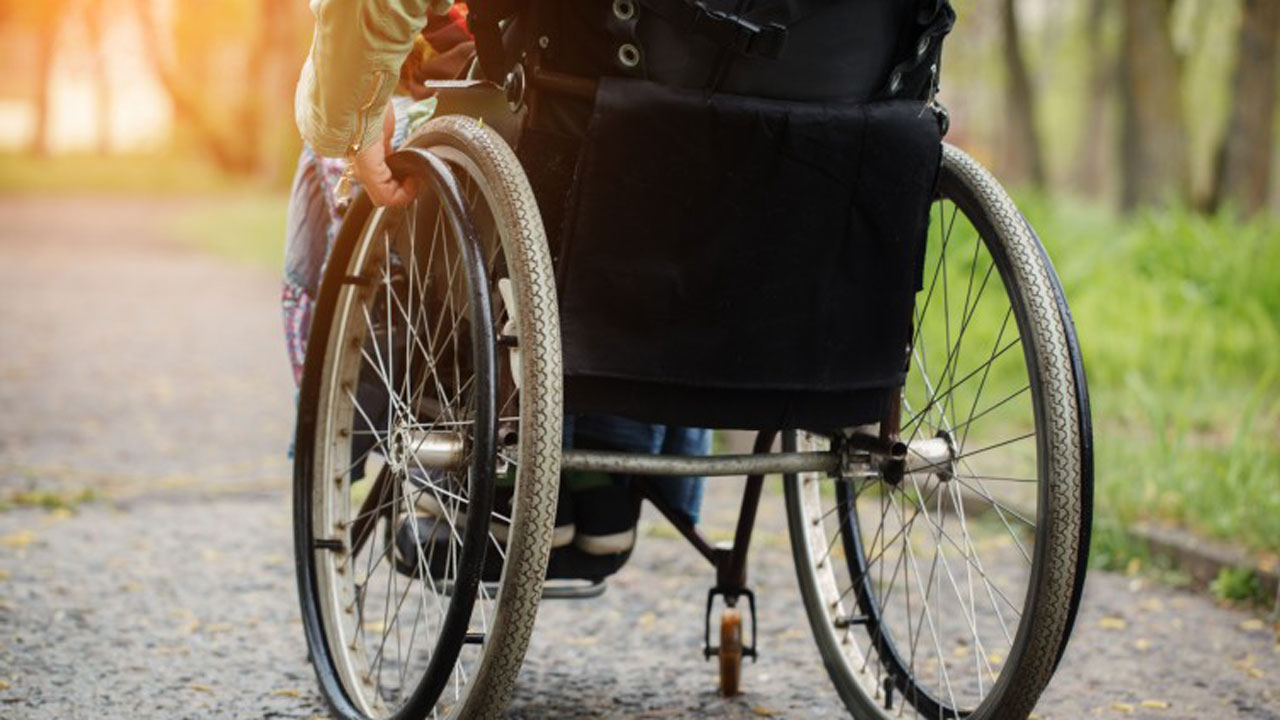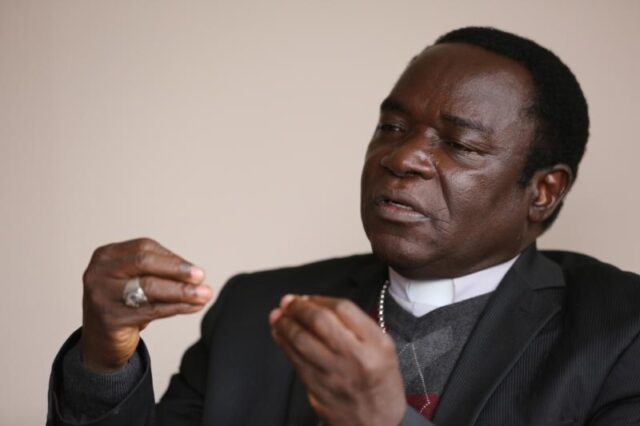Many residents have been rendered homeless following a heavy rainfall that destroyed over 60 houses and shops in Kuta, the headquarters of Shiroro LGA of Niger state.
According to Salihu Garba, the community head of Kuta, the windstorm started around 8 pm on April 8 and lasted for about two hours.
After it eventually subsided, many residents in the community were left injured and displaced while public facilities, like hospitals and electricity poles, were destroyed.
“The damage was very severe, nearly all the houses in my area in Nagbe Kuta were affected. We went around the village in the morning and discovered that over 60 houses were destroyed,” he said.
Advertisement
“We are still moving around the village for fairly affected houses to be repaired so that most of the displaced persons can settle in pending the time they can rebuild their houses.
“The problem caused by the windstorm was enormous. Currently, we don’t have electricity in the village as virtually all our power poles collapsed. We have gathered the youths to help in the reconstruction of the poles and work on getting donors for relief materials for the victims.”
‘We thought it was a normal windstorm’
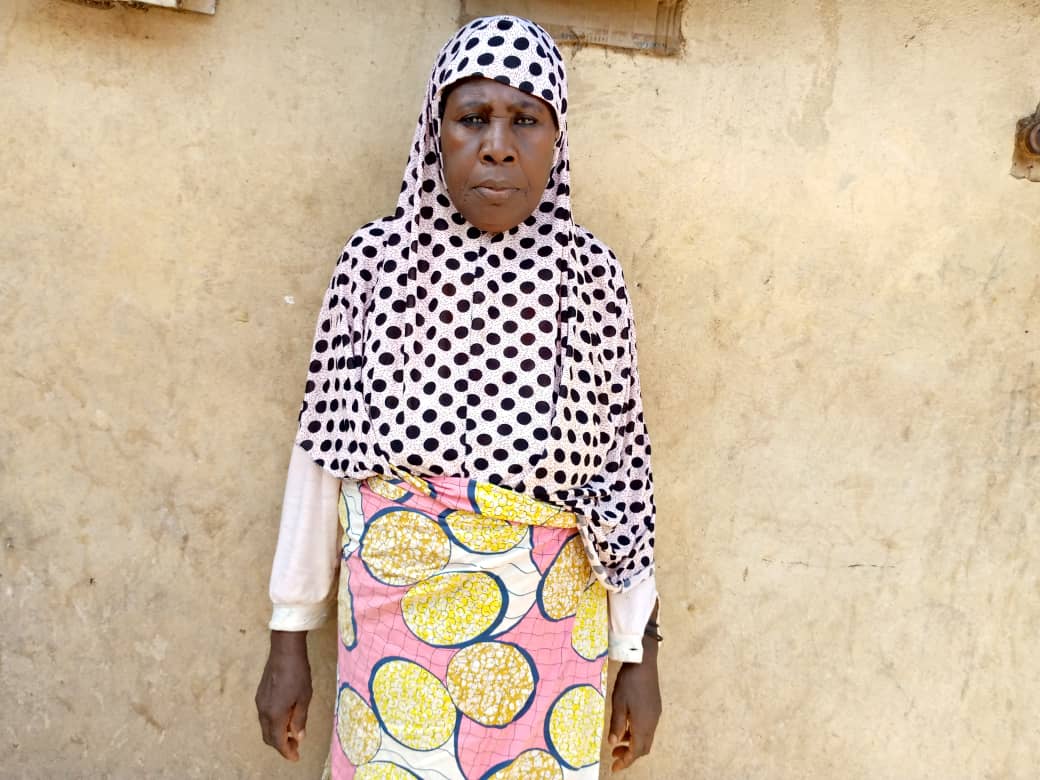
Hauwa Saidu, a 54-year-old widow, is one of the affected residents of Kuta. Since she lost her husband three years ago, she has been selling pure water to cater for her five children.
Advertisement
Hauwa’s business was halted when the refrigerator which she uses to support the business got faulty. She is currently jobless and now depends on relatives for support. Hauwa and her children are among those displaced by the windstorm which demolished their house.
“The room was very hot so the children and I usually observe iftar (breaking of fast) in the compound,” she narrated her experience.
“We thought it was the normal windstorm that accompanies rain, so we didn’t flinch until the storm removed the roof and parts of the house started to break down.
“Our food items including maize stored in four sacks got scattered and flown away by the wind.
Advertisement
“As I speak with you, we are currently staying in a house that was fairly damaged but repaired by the village head (Maianguwa). We are currently living with other affected persons.”
Women, children are the worst affected
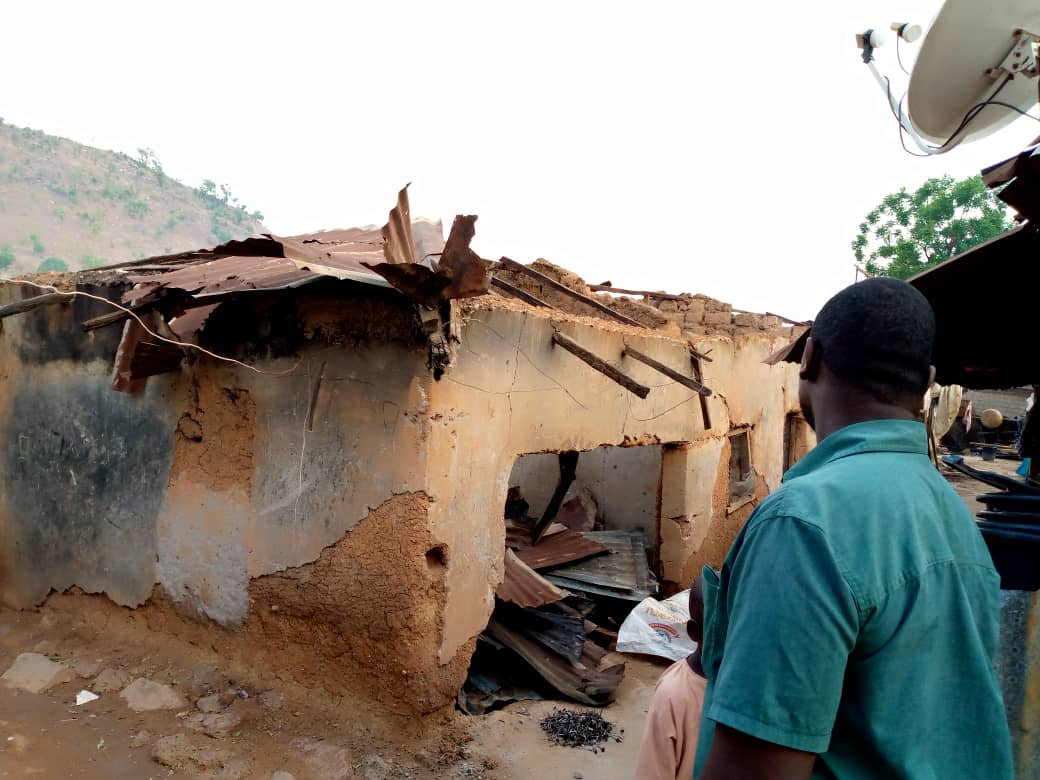
According to Abdullahi Kabir, a resident of the village, women and children are among those who sustained injuries during the windstorm.
Kabir said parts of a building in the Islamiyya area of the community collapsed on two children between the ages of 5 and 7.
Advertisement
He said some of the houses destroyed belonged to women who have lost their husbands.
“In Anguwan Bangajiya area where I live, about 20 houses collapsed. Many residents have relocated. Some people are now living with relatives, some are squatting in the alternative space provided by the Maianguwa while some have left the community to other places,” he said.
Advertisement
“In Anguwan Islamiyya, two children were hit by blocks of one of the houses that collapsed but we thank God they were quickly rescued and have been receiving treatment at the medical facility in our community.”
Shops, mosques, public facilities destroyed
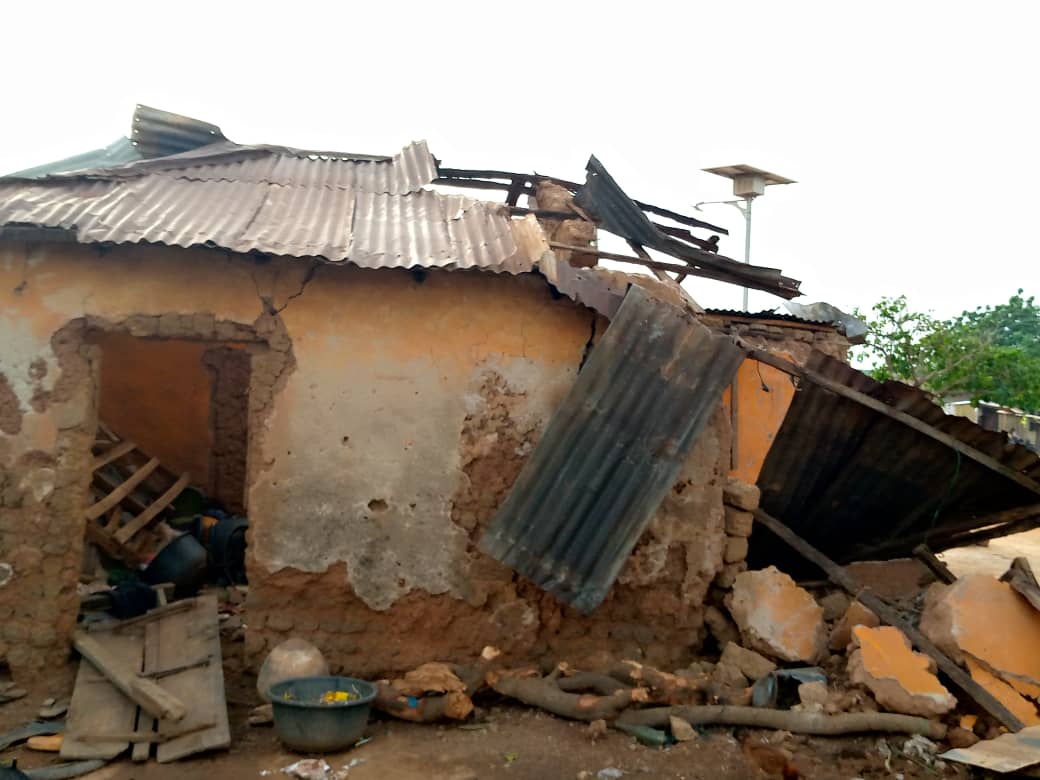
Advertisement
Commenting on the ripple effects of the incident, Salis Sabo, spokesperson of the Coalition of Shiroro Youths Association, said many residents whose houses were destroyed are persons living from hand to mouth.
According to him, about 104 shops, two mosques, four schools, the Shiroro local government authority, a veterinary hospital and the general hospital in the community were destroyed by the windstorm.
Advertisement
“In the history of the town, there has never been such disastrous rain which lasted for almost two hours leaving many casualties and rendering many others homeless and jobless,” he said.
“The wind removed roofs of many households who are mostly people living from hand to mouth.”
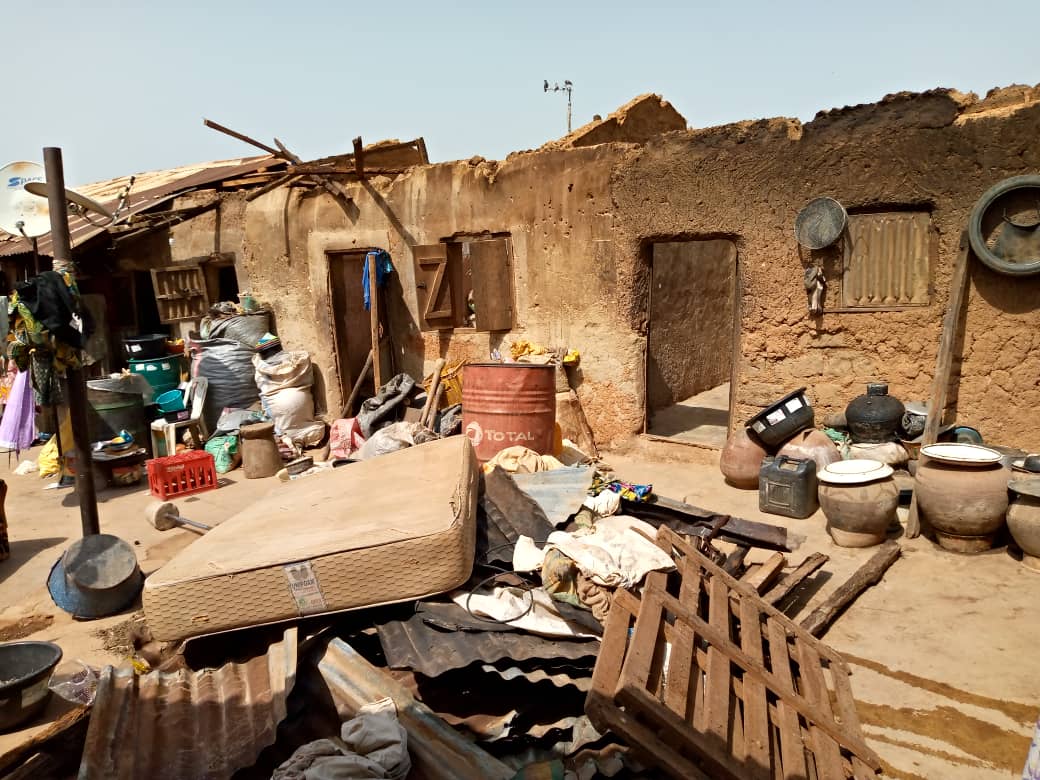
As the rains approach every season, many citizens, especially persons living in rural communities, are threatened by natural disasters like flooding, rainstorms and windstorms.
According to the Internal Displacement Monitoring Centre (IDMC), a total of 279,000 displacements and 143,110 IDPs were recorded due to natural disasters as of December 31, 2020.
Add a comment
